A woman journeys through a forest that tries to claim her life as its own, but through its attempts to consume and transform her, she realizes she has the same power over it.
Inspiration
"The effect of this cannot be understood without being there. The beauty of it cannot be understood, either; and when you see beauty in desolation it changes something inside you. Desolation tries to colonize you."
-- Jeff Vandermeer
While reading Annihilation by Jeff Vandermeer, the first book in the science fiction series The Southern Reach Trilogy, I was inspired by the concept of mutation being both destruction and creation: something grotesque but beautiful in the end, as illustrated by the breathtaking artwork done for the Italian covers by Lorenzo Ceccotti and the Spanish covers by Pablo Delcan. I wanted to further examine these ideas in my thesis film and pay homage to this series.
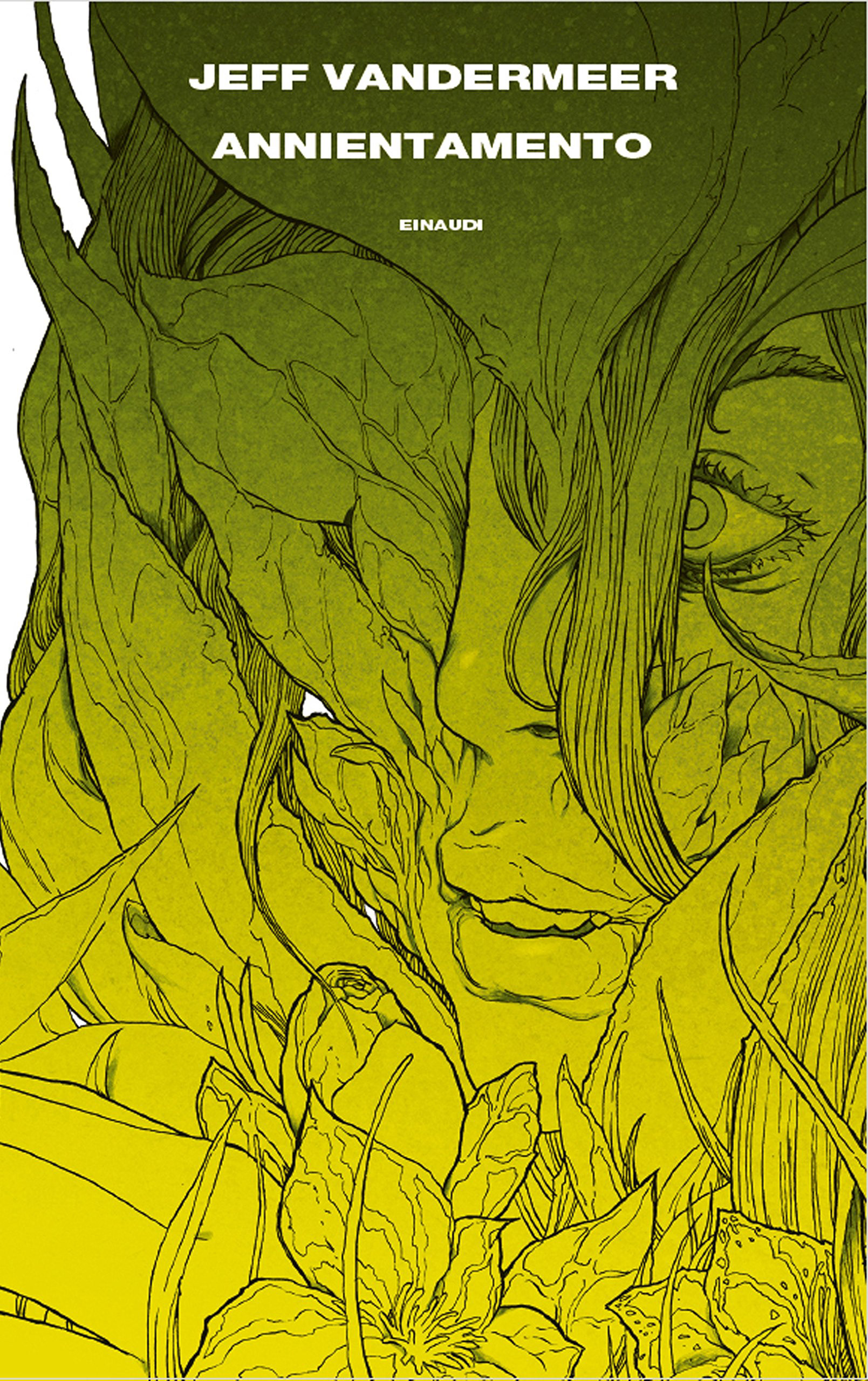
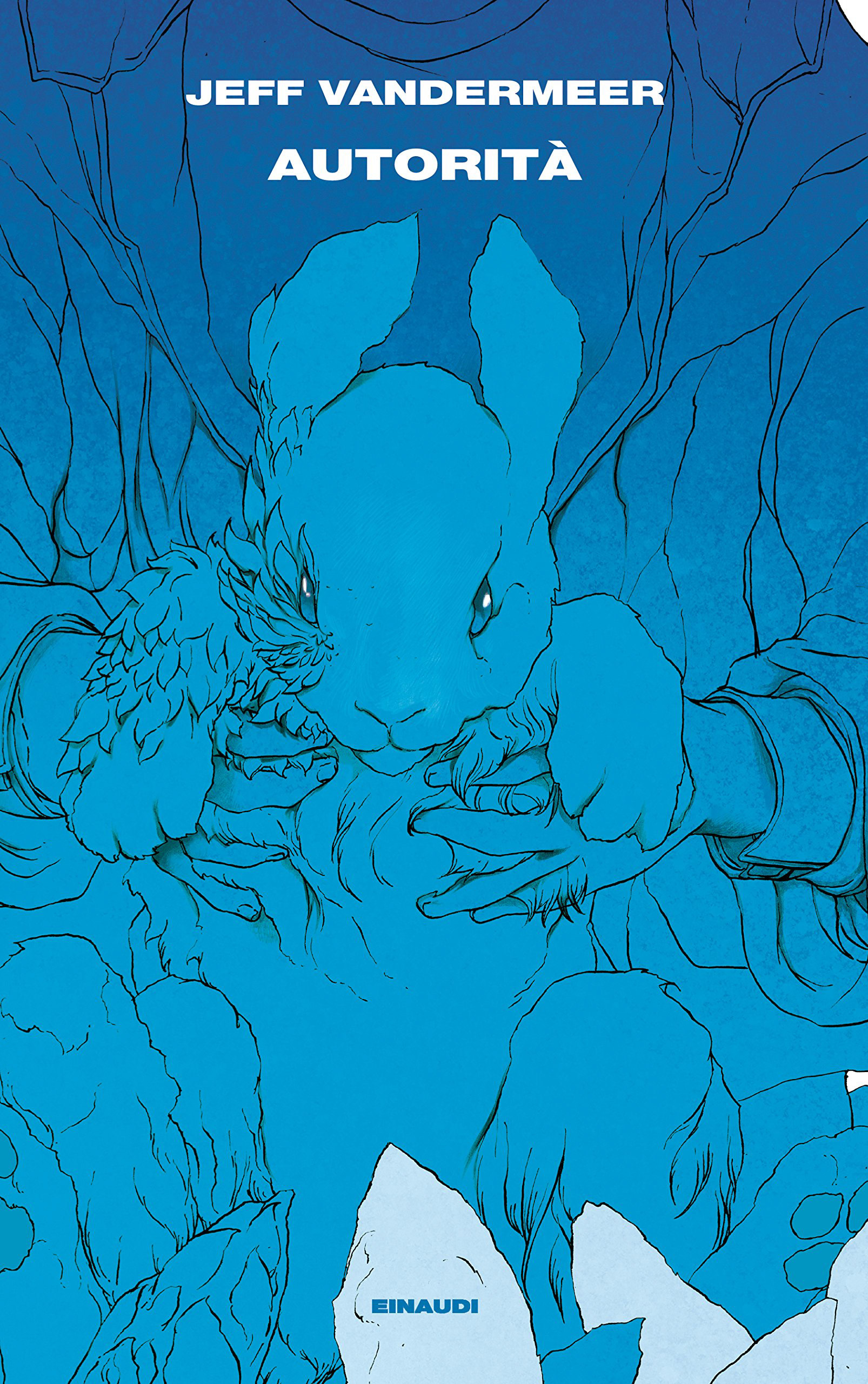


The film adaptation Annihilation directed by Alex Garland also intrigued me, as it covers almost nothing from the actual text yet felt so akin to the source material. Without touching the original story, characterization, or visuals, the overall feeling of the film matches that of the book, and I wanted to do something similar for my thesis film: capture the feeling of something without resembling it at all.

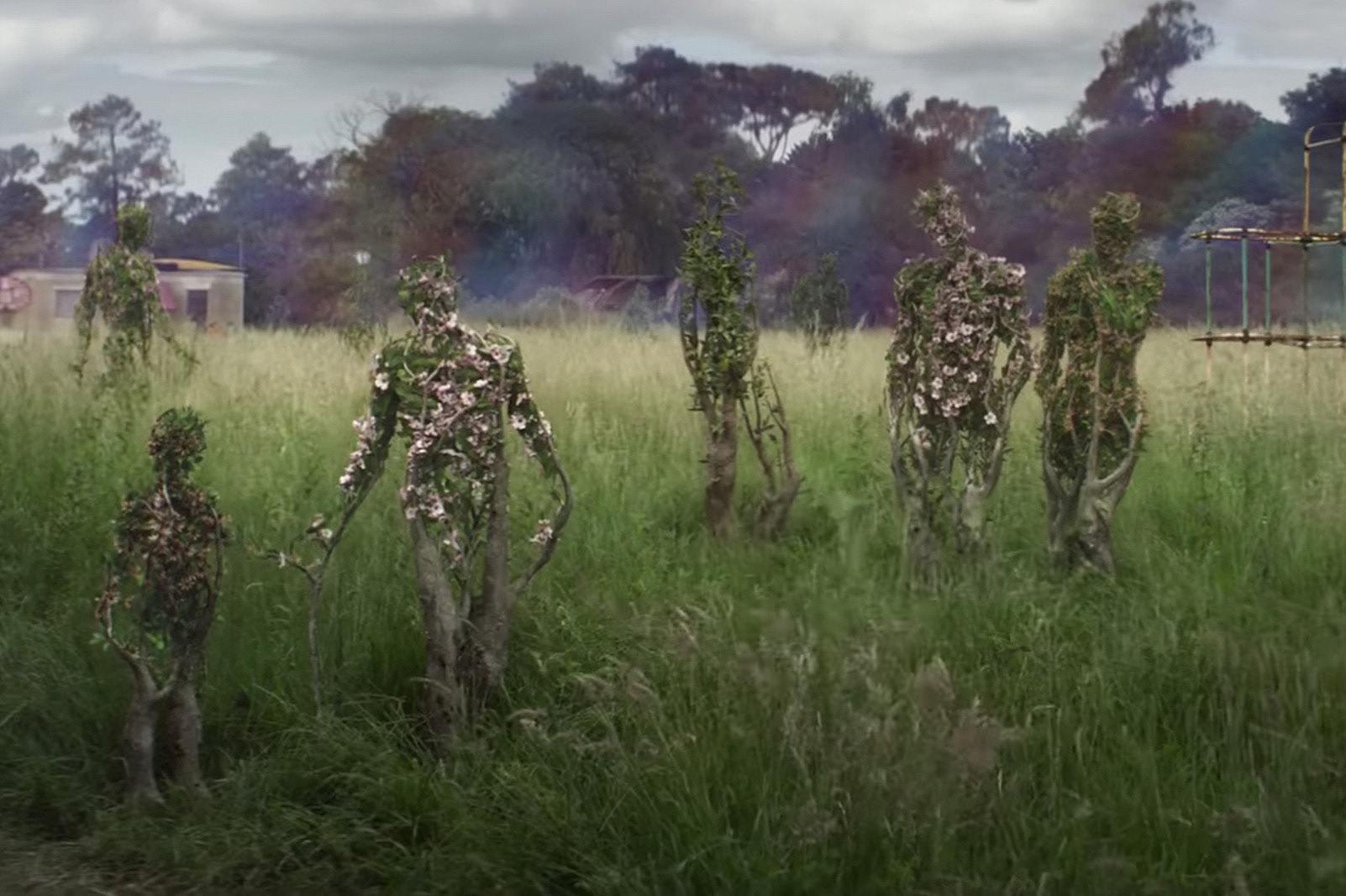
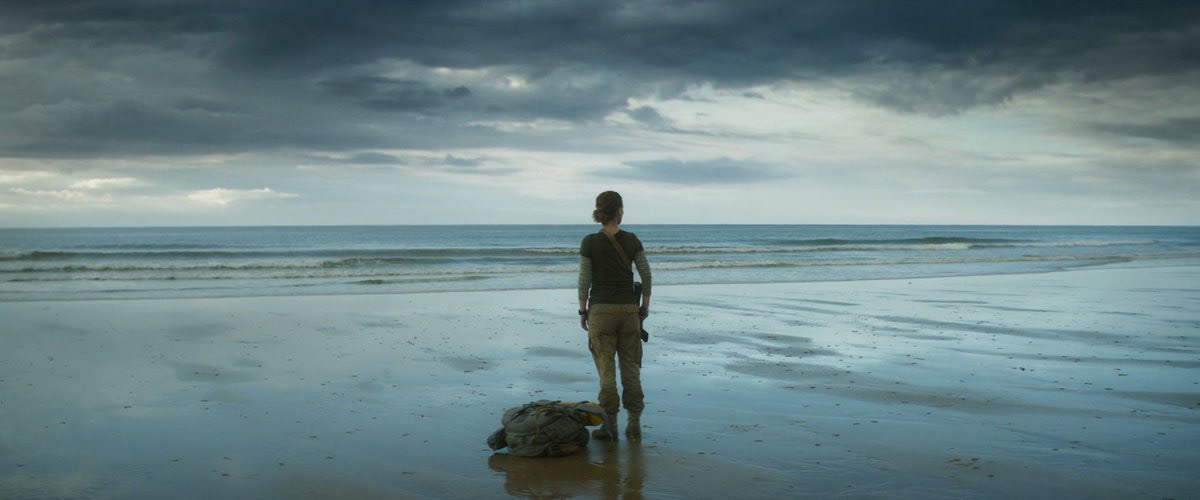

Exploratory Sketches
I flipped through my sketchbooks one day and found a character I had doodled a few months prior, and I started exploring her design as the main character for the film. I experimented with facial expressions, clothing, transformations and backgrounds to get a feeling for her character's motivation/personality and how the visual design of the film could represent that. I made a few decisions on how I would simplify animating her character: I did not want to animate shoes, so she leaves them behind in the beginning as a way to represent how she was going somewhere she did not intend to return from.
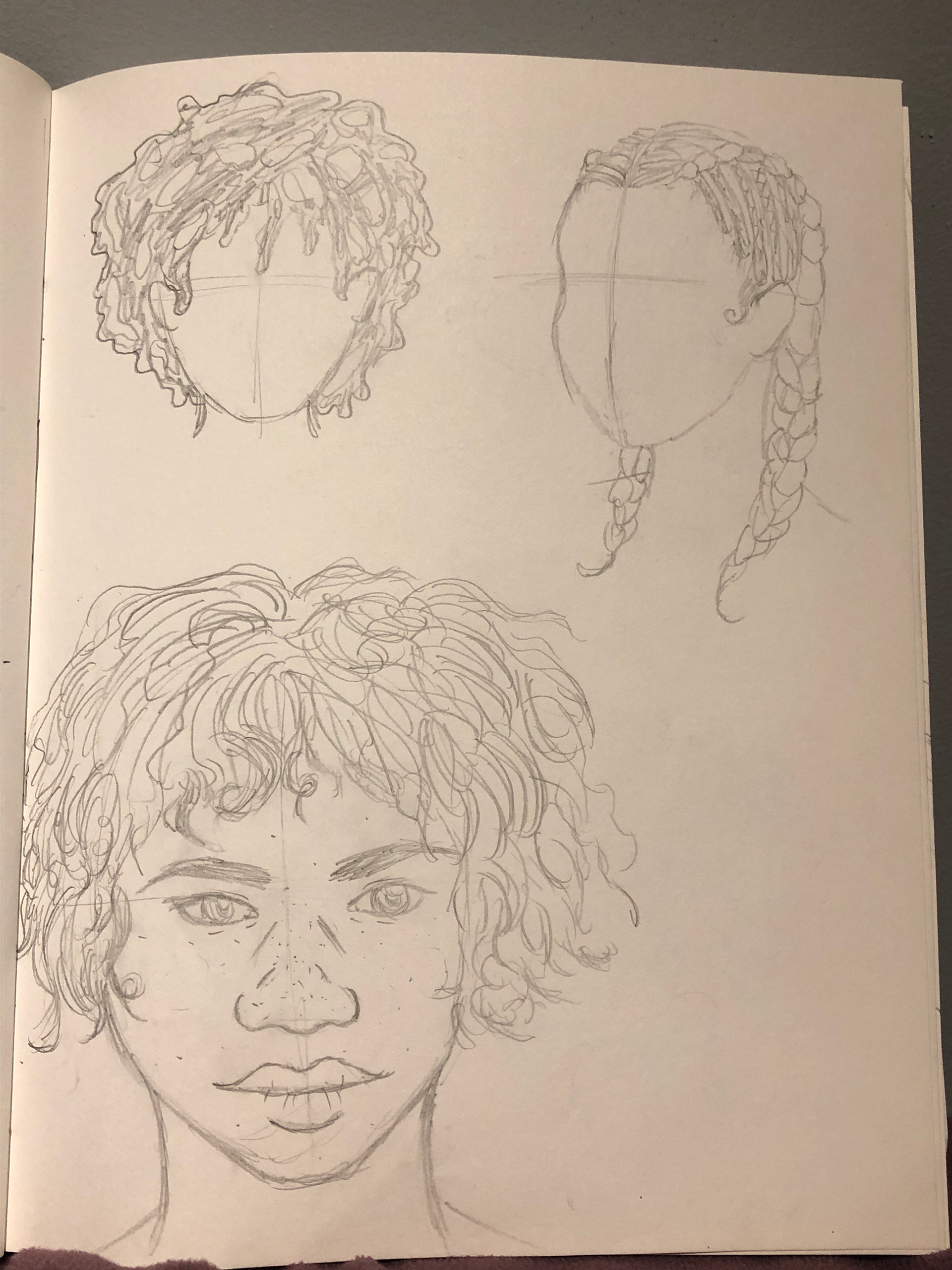
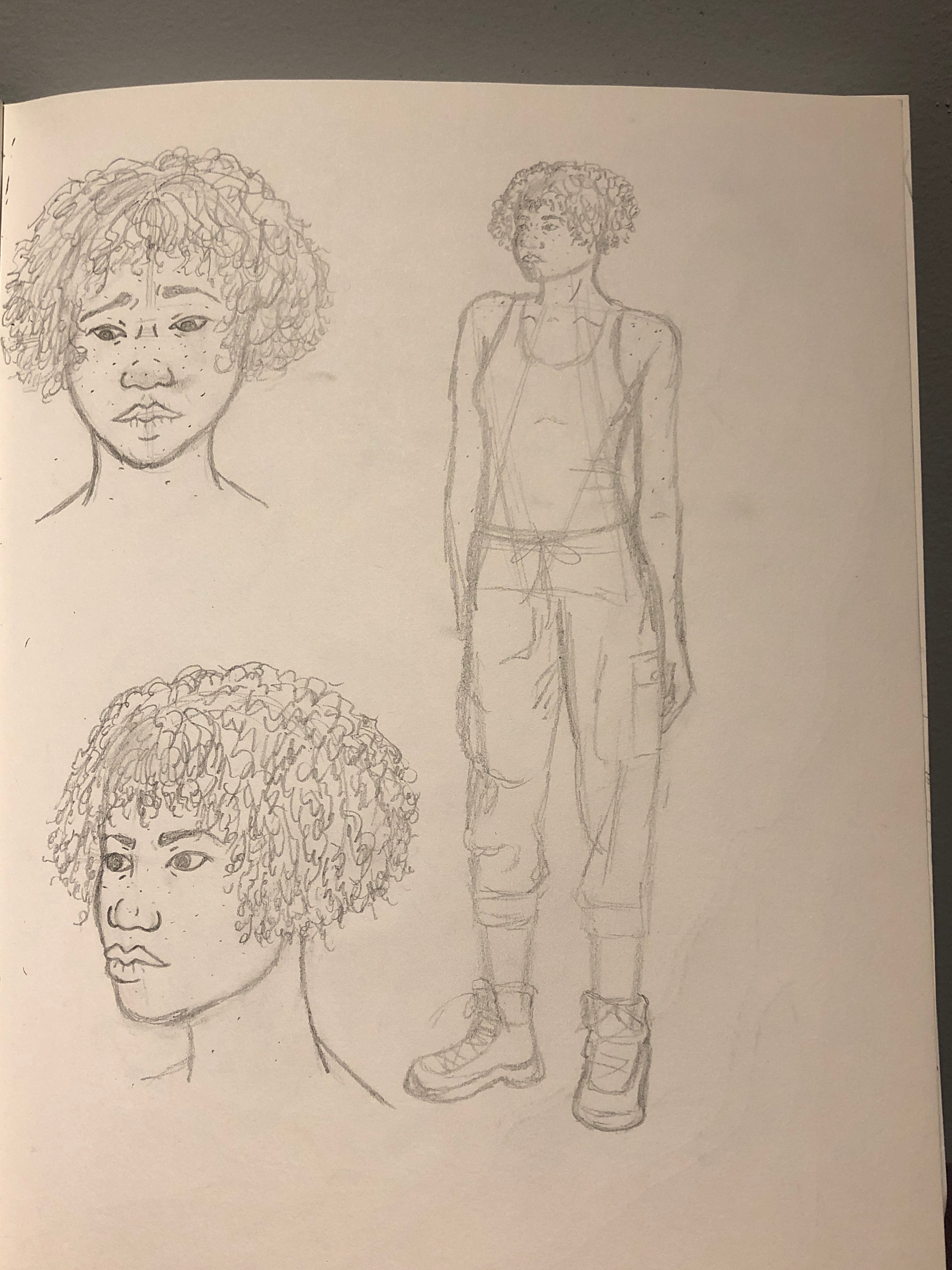
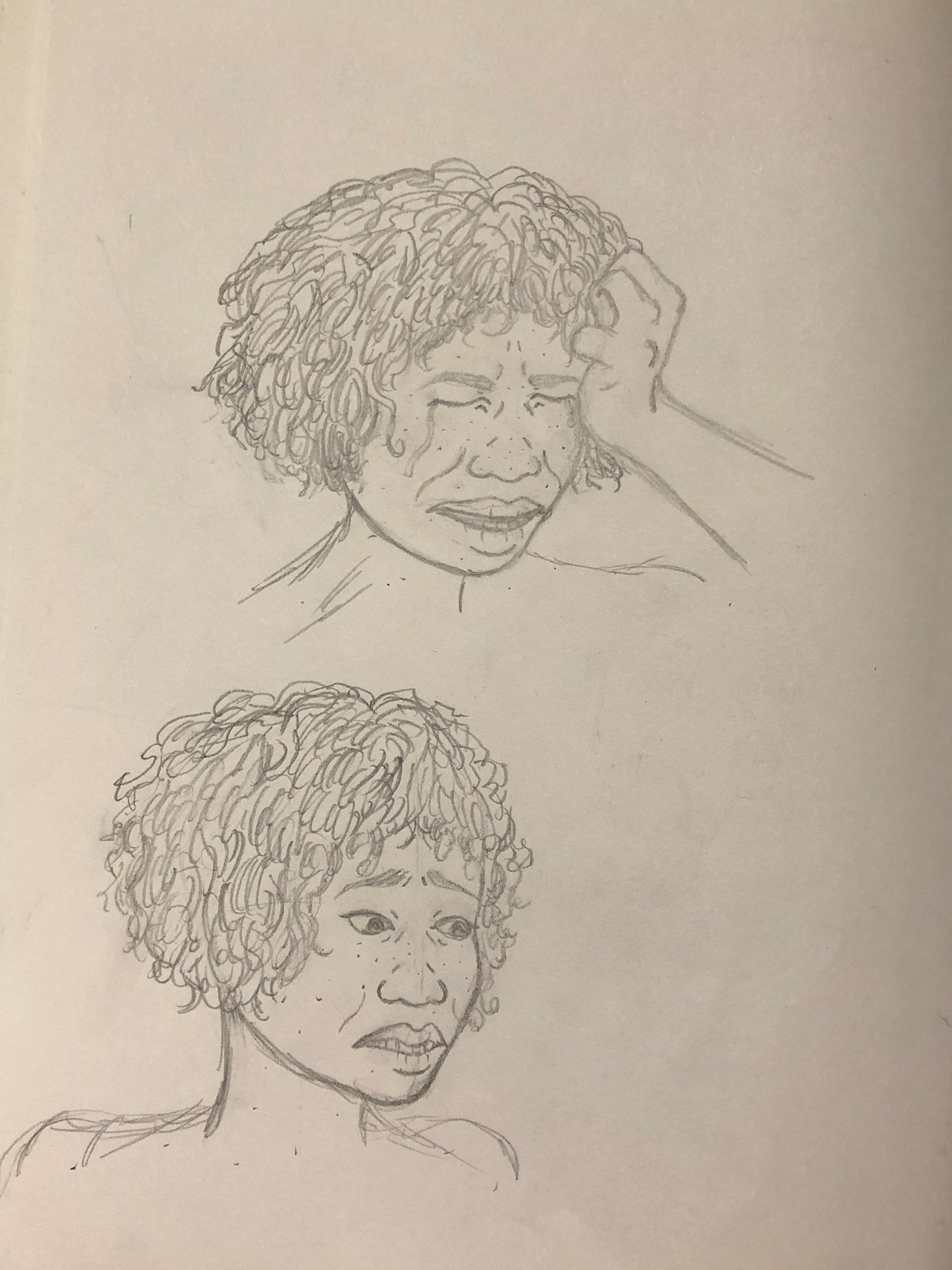
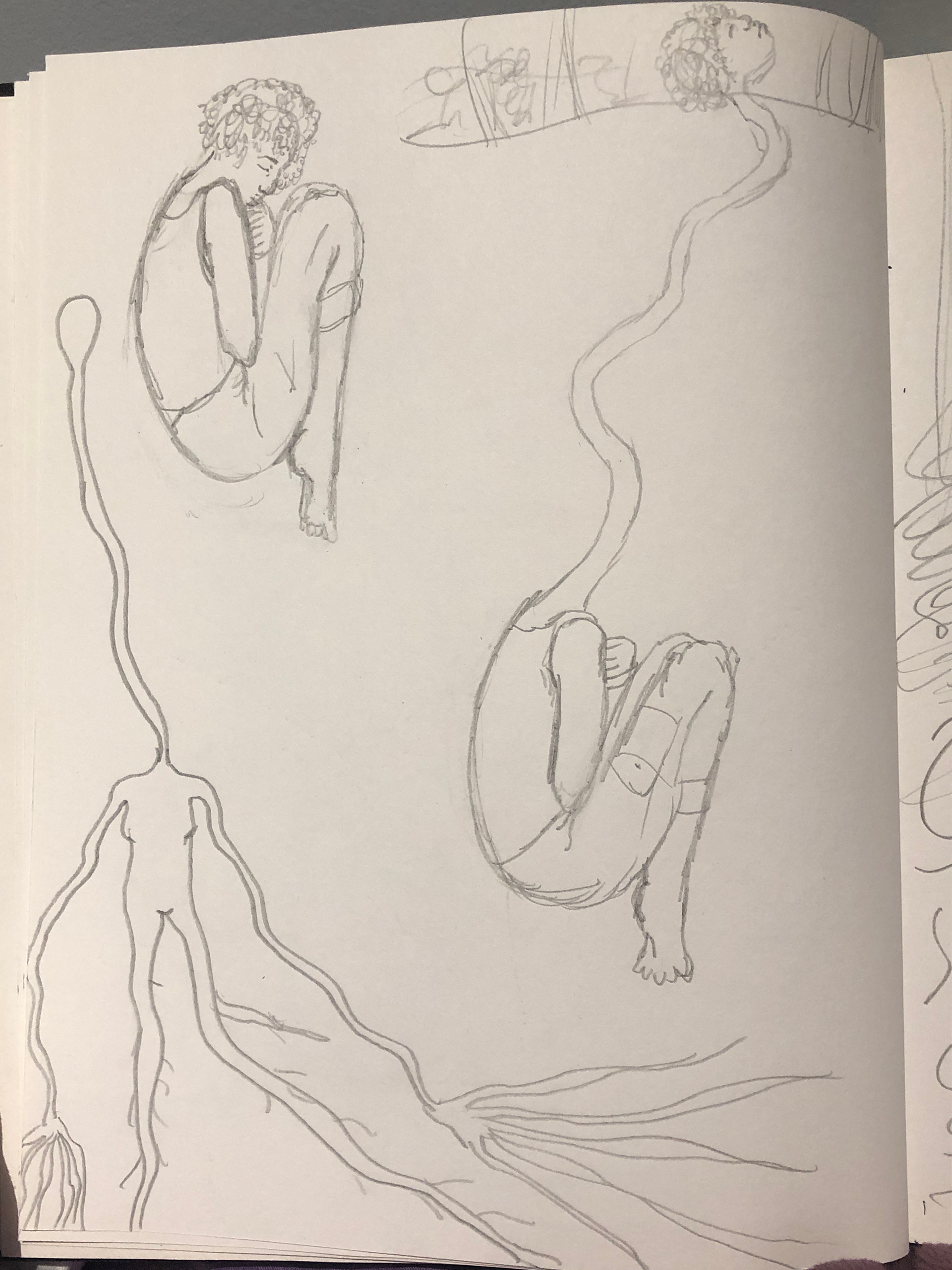


I knew I wanted to take a multimedia approach to the project and was enjoying painting during my experimental animation class. My original intent was to have the character be digitally animated and create acrylic paintings for the backgrounds, but after beginning the first painting I realized I did not have the desire nor time to paint a forest landscape 70+ times. I then had the idea to use photographs as backgrounds, and that would give the film a multimedia look while saving time on production.
Photography as Backgrounds
I had the idea to shoot my backgrounds at Black Rock Forest in Cornwall NY, as my scholarship group had a tradition of camping there every year during the fall. We'd camp from the end of September to the beginning of October, and the dip in temperature meant there was always fog and mist as we'd hike through the trails and water edge. This gave the forest a calm but eerie atmosphere, as seen in the photos I took in 2016 and 2018.






However, when we went camping in 2019 it was the warmest and sunniest it had ever been up at Black Rock, which was extremely difficult to work with as nearly all the photographs I was getting were harshly lit/overexposed, and I was not able to capture the foggy aesthetic I was originally intending for the film. I also discovered my camera kit's battery charger had broken, so I had to make my shots count.


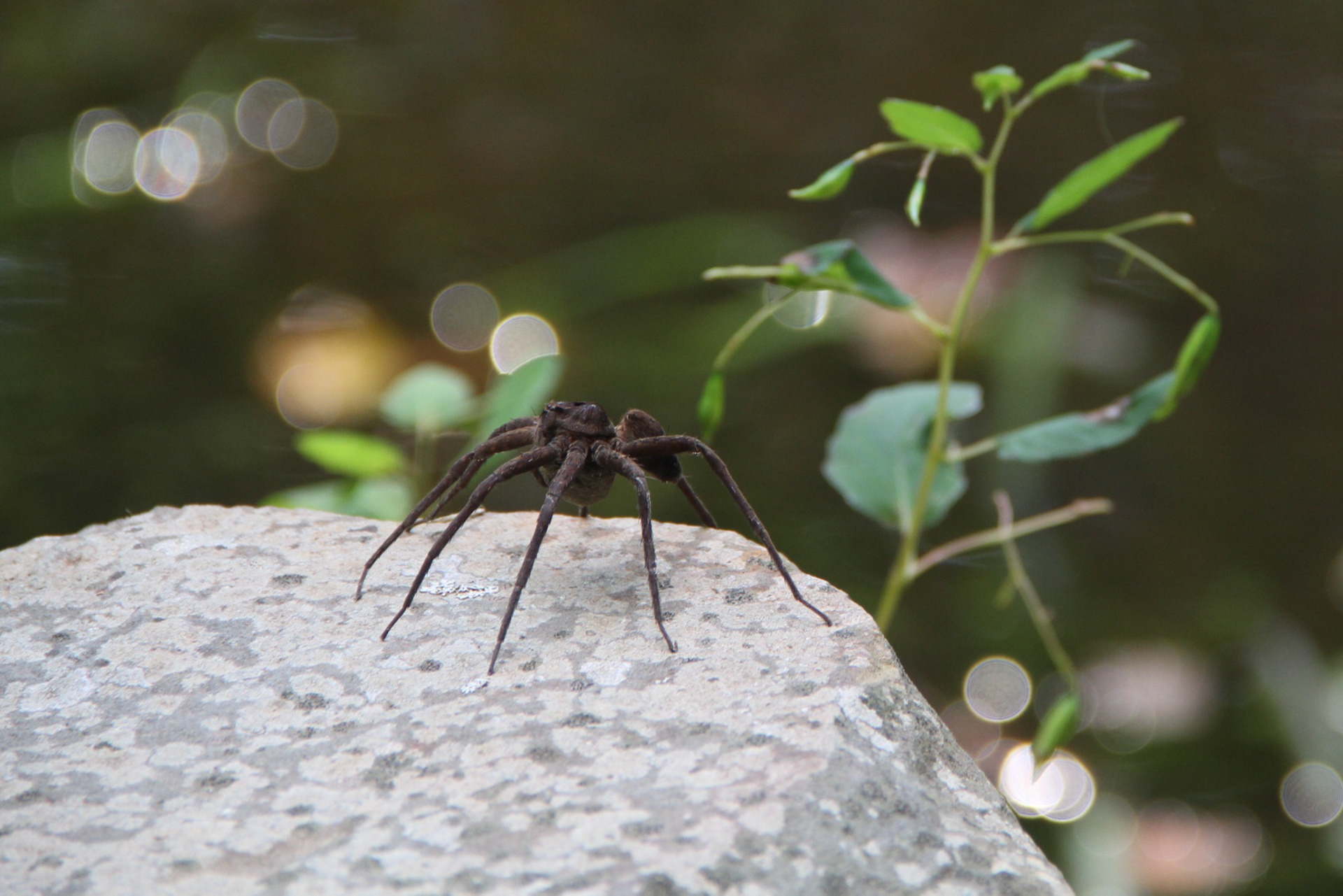

I had to work with the weather I had that weekend, so on our last day I hiked out at 5am to catch the sunrise and take as many pictures as possible before the sun rose too high. I also had to be mindful of the perspective and size of the shots I was getting, as I had storyboarded the scenes in my film and needed to make sure the photographs matched my compositions. I also needed be mindful of whether I could ground a character that would be moving through these photographs. I ended up getting a lot of interesting shots, though some of them I couldn't use due to the change in lighting and runtime of my film.









Storyboards
I began storyboarding over the summer and finalized the animatic before I went to shoot the backgrounds. After I returned from Black Rock, I changed the animatic further as there were backgrounds I was unable to get. I'm a slow animator and was cautious about being finishing the film by the end of the school year, so I had to cut some scenes.
Reference Footage
I started collecting reference footage I needed to animate the main character, so I asked friends for help in getting the right perspectives and angles for each shot, such as my producer Jaylyn who helped me get reference for the shot where the main character grabs hold of the tree-person's hand.
Animation
As animation began I created a production schedule for how long the film would take to finish, and adjusted it accordingly when Covid hit in March 2020. I originally intended for the film to be completed at the end of May, but needed an extension to mid August.
On the first shots of the film I animated, I had to do a few passes in order to get the hang of registering the character smoothly through the shots, as shown by the rough animation below where her hair and shoulders jitter.
When it was time to start coloring the film, I enlisted the help of my sister and friend. I played around with color palettes as I wanted the clothing to pair well with the environment but still be readable against a muted background.
3D
I always intended there to be CGI in the film as I wanted to mix multiple mediums, so in the summer of 2019 I taught myself the basics of Cinema 4D to create procedurally generated mutations. However as production picked up, I realized I would not have time to do the CGI and had to cut nearly all of the 3D scenes from the film. To include a little 3D, I taught myself the basics of Blender and the plugin KeenTools FaceBuilder, which is a basic head model that has malleable features. I used a method of overlaying drawings of the character in different angles over the model as a reference, and then pulling on the basic head's facial features in order to create a 3D model with similar proportions. This made her a little realistic but still resembled the 2D style, and while the back and sides of the head accidentally became extremely lumpy, it didn't matter because I only needed the front of the face in the film.
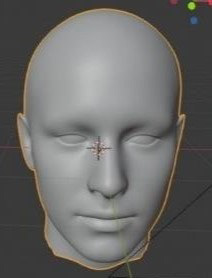

I commissioned my friend Dante Capone to create the CG tree at the end of the film as well as texture the main character with tree bark. Since the 3D head was not rigged to have eyelids or a movable mouth, I masked it in After Effects to make it appear that the eyes and mouth open and close in the final shots.
Final Film
I finished the film on August 14, 2020 and immediately got to packing as I had to move from NYC to Florida in 3 days. Making this film got me through the first 6 months of the pandemic, as once lockdown began I started animating 12 hours a day. Once I finished the film, I was burnt out from working multiple jobs at once while animating like an insane person, so like everyone during lockdown I spent a lot of time recovering by playing video games. I learnt a lot while making this film and realized that all of my teachers were right: finding joy in the process is the most important part of making art, which is a lesson I'll carry with me onto the next film.
Orchestral Performance
On April 2, 2022 the NYU Symphony Orchestra and the Film Scoring department put on a collaborative show where a portion of the performances were dedicated to Tisch animation works, which are re-scored by student composers and then performed live in concert. She Could Be The Light was rescored by Danny Choi and performed by NYUO.